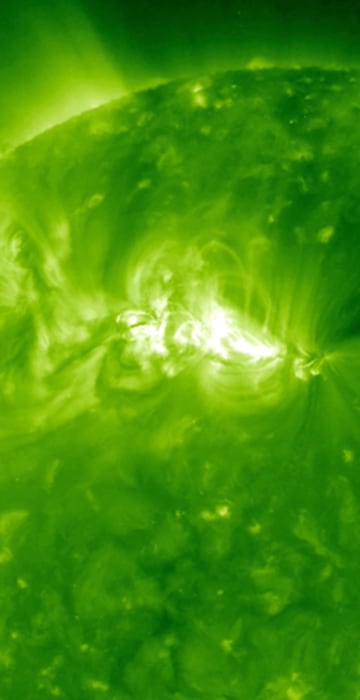
Science News
Month in Space: March 2010
See an active sun, a blooming "cosmic rose" and other outer-space highlights from March 2010.
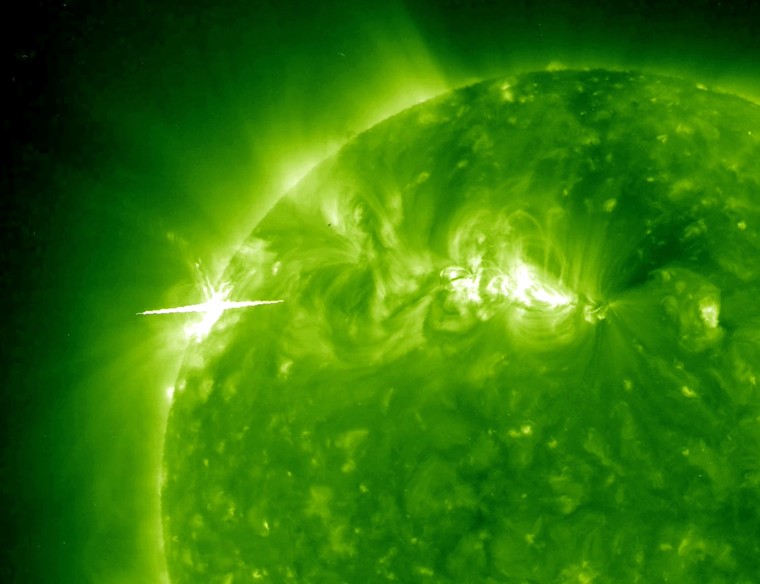
Double-barreled blast
Two active regions glow brightly in this ultraviolet image of the sun, acquired by NASA's STEREO Ahead spacecraft on Feb. 12 and posted online March 20. A small flare rises from the active area on the left. Flares are intense solar explosions that blast radiation into space. This one paints a white line across the left edge of the sun's disk. Meanwhile, the active area on the right churns with magnetic loops.
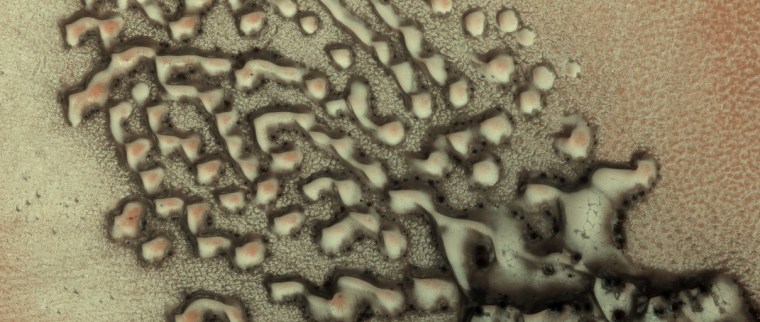
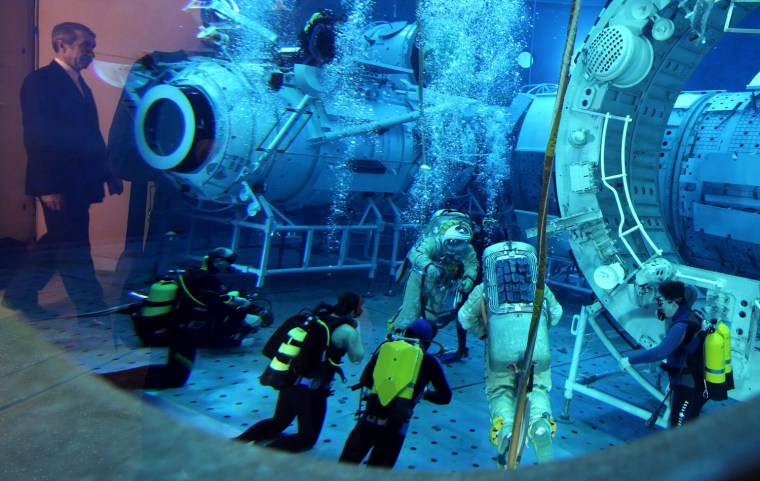
Diving into a space job
An observation window set into the wall of a giant pool at Russia's Star City cosmonaut training center reveals astronauts and divers practicing for a maintenance task at the International Space Station on March 3. Reflections in the window show specialists standing outside the pool.
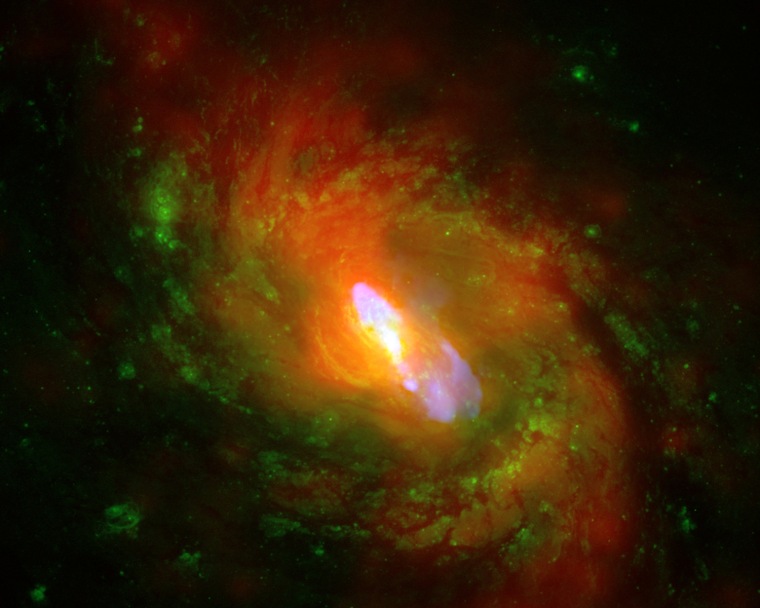
Winds of change
This composite image, released March 3, shows the spiral galaxy NGC 1068, which has a rapidly growing supermassive black hole at its center. X-ray readings from NASA's Chandra X-Ray Observatory are shown in red, optical emissions are in green, and radio emissions are in blue. The X-ray data suggest that a strong wind is being driven away from the galaxy's center at a rate of about a million miles per hour. These results help explain how an "average" supermassive black hole can alter the evolution of its host galaxy.
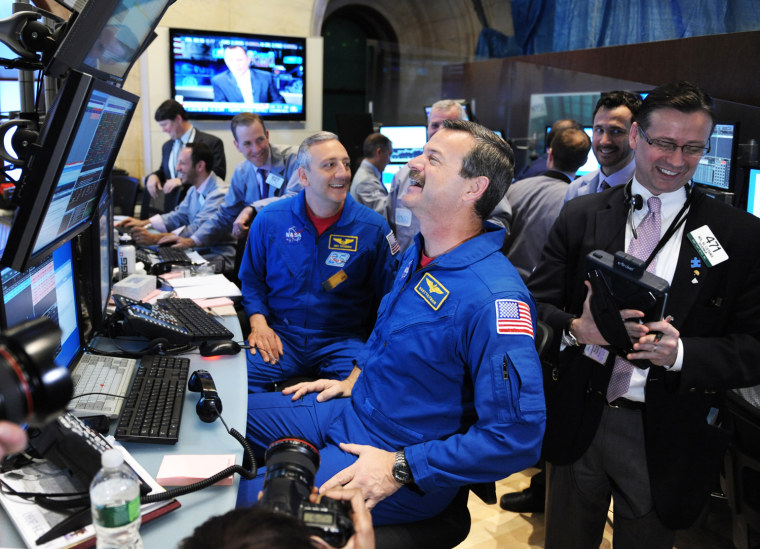
Financial final frontier
NASA astronauts Scott Altman (right) and Mike Massimino (left) sit in chairs in a trading booth on the floor of the New York Stock Exchange on March 18, just before they rang the closing bell. The two visited the NYSE to support the release of "Hubble 3D," a large-format film that documents the astronauts' flight to repair the Hubble Space Telescope in May 2009.
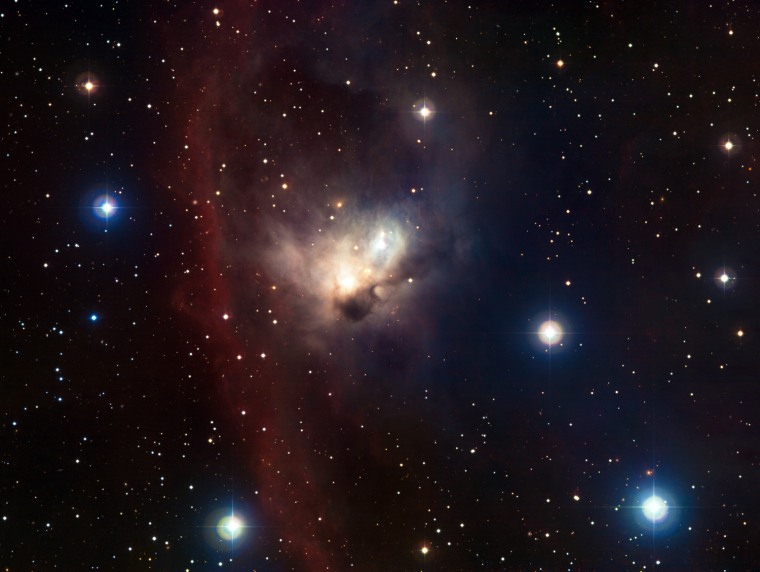
Cosmic bat
The reflection nebula NGC 1788 seems to spread gigantic dusty wings in a picture captured by the European Southern Observatory's MPG/ESO 2.2-meter telescope in Chile. The batwings are actually clouds of gas and dust that scatter light emanating from a cluster of young stars in the constellation Orion. This picture was released on March 3.
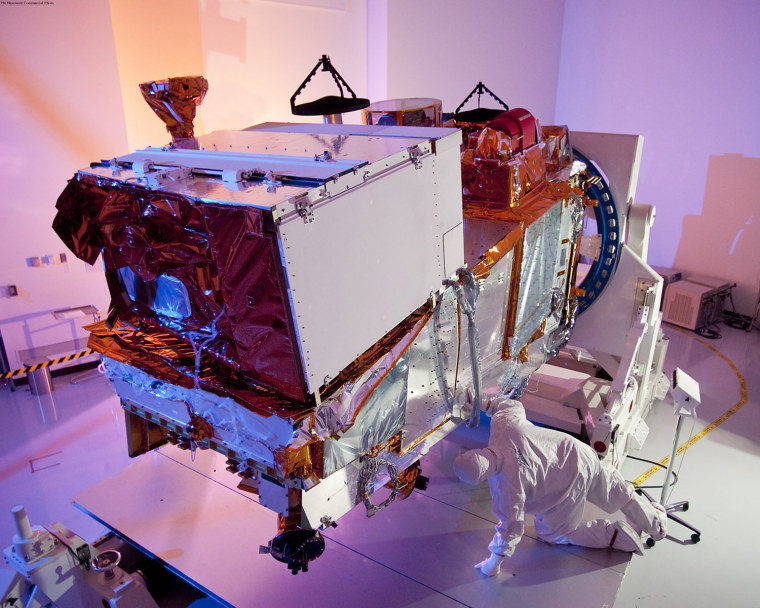
Under construction
A technician at Ball Aerospace works on the NPP satellite after the March 5 integration of a weather instrument known as the Visible/Infrared Imager Radiometer Suite. "NPP" stands for National Polar-orbiting Operational Environmental Satellite System Preparatory Project. The NPP spacecraft, scheduled for launch in 2011, will blaze the trail for a new generation of weather satellites.
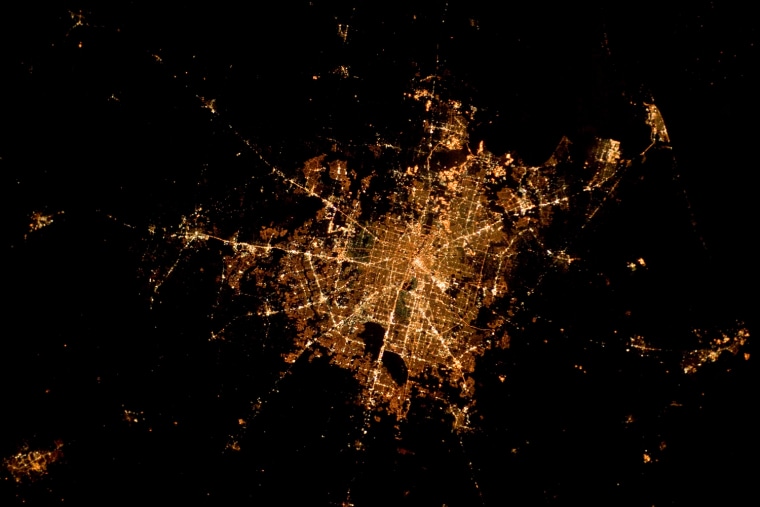
Houston, we have a picture
This image, provided by NASA on March 18, shows the Houston metropolitan area at night as seen from the International Space Station. Texas' largest city is in the center, indicated by a "bull's-eye" of elliptical beltways and brightly lit freeways radiating outward from downtown.
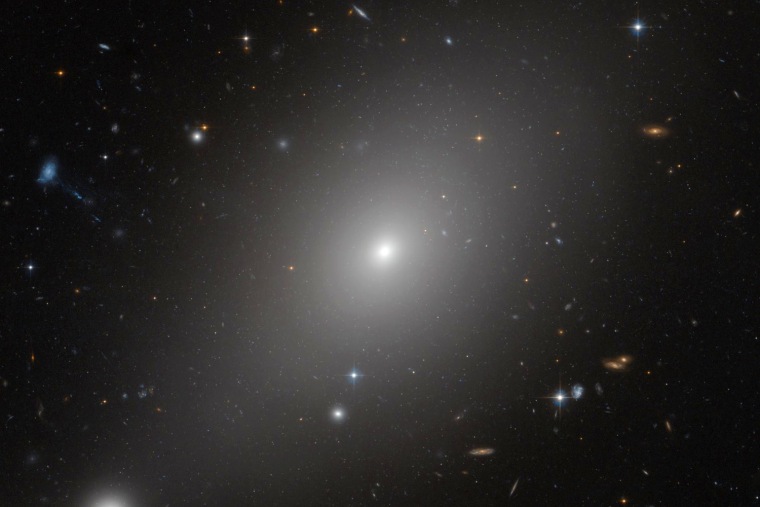
Big ball of galactic fuzz
The elliptical galaxy ESO 306-17 looks like a fuzzball with a bright center and a large halo in this image, captured by the Hubble Space Telescope's Advanced Camera for Surveys and published March 5.
Read more about the 'bully galaxy'
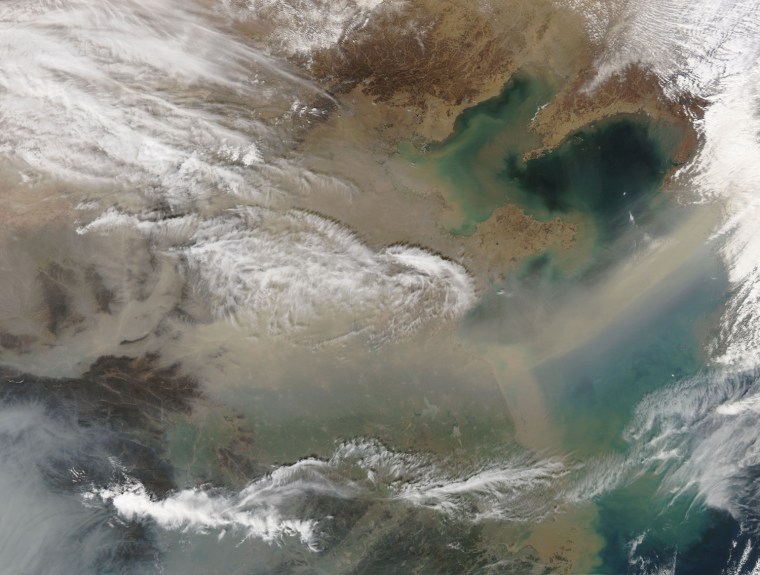
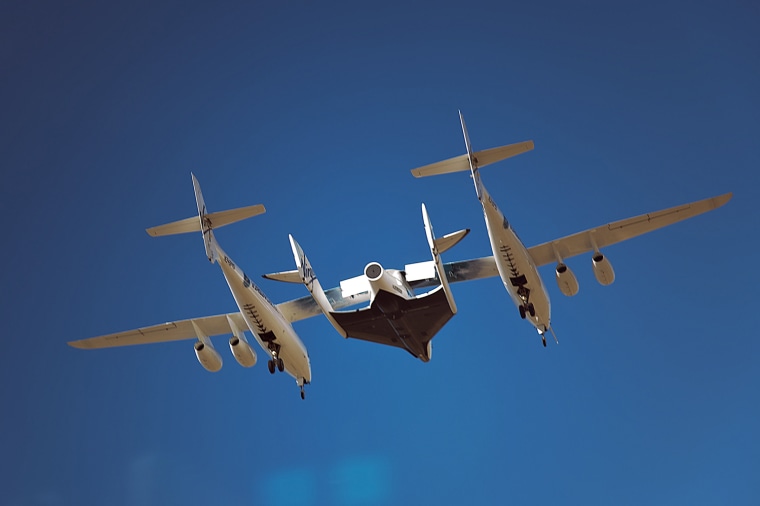
SpaceShipTwo rising
Virgin Galactic's WhiteKnightTwo mothership carries the SpaceShipTwo rocket plane into the air for the first time on March 22. The captive-carry flight over California's Mojave Desert marked the first in a series of tests that are expected to lead to rocket-powered suborbital tours to the edge of space in the 2011-2012 time frame.

She's ready to fly
NASA astronaut Tracy Caldwell Dyson takes part in an examination at Russia's Star City cosmonaut training center on March 12. Caldwell Dyson is scheduled to fly alongside Russian cosmonauts Alexander Skvortsov and Mikhail Kornienko in a Soyuz spacecraft bound for the International Space Station in April.
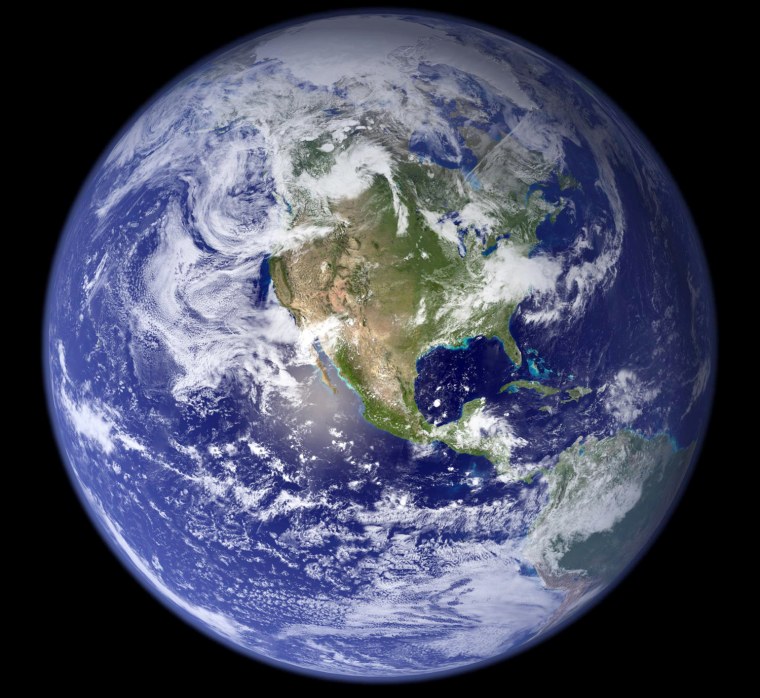
Blue Marble revisited
NASA's "Blue Marble" is a picture of our home planet assembled from scores of satellite images that were collected in 2001. The Blue Marble imagery was uploaded to a new NASA online database in March, generating a fresh round of Internet buzz about the spectacular view.
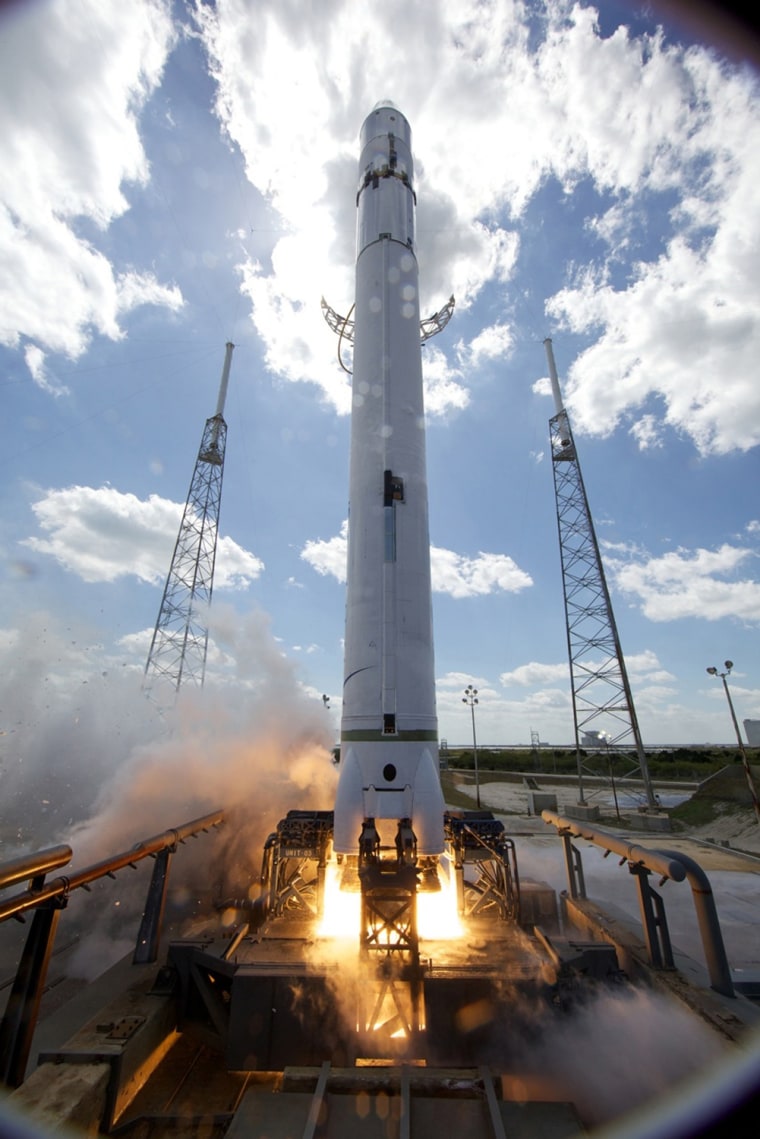
Falcon fires its engines
Space Exploration Technologies' Falcon 9 rocket is test-fired on a refurbished oceanside launch pad at Cape Canaveral Air Force Station in Florida on March 14. The successful test by California-based SpaceX cleared the way for Falcon 9's maiden demonstration flight. NASA wants to use the Falcon 9 to deliver cargo to the International Space Station.
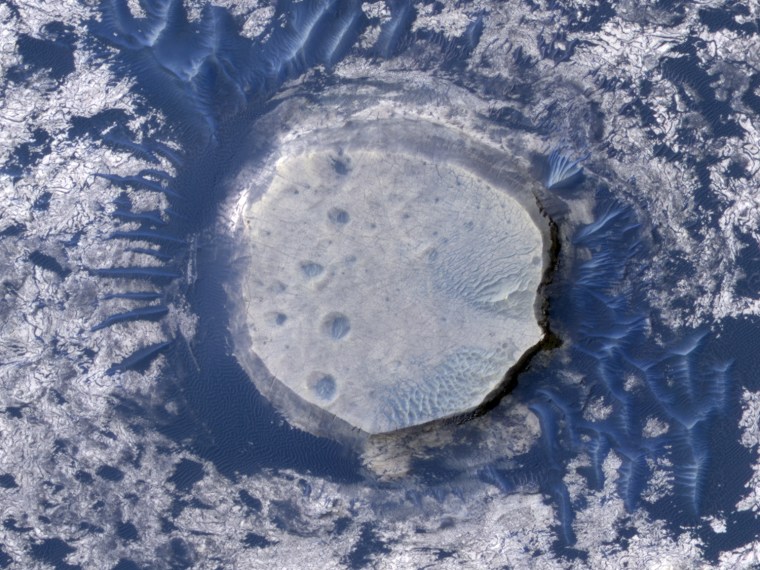
Red Planet ... in blue
This image from NASA's Mars Reconnaissance Orbiter shows dark sand dunes and inverted craters in the Arabia Terra region of Mars. The sand is dark because it was probably derived from basalt, a black volcanic rock that is common on Mars. Unlike traditional craters that are depressions, these stick up above the surrounding plains due to erosional patterns. The picture is shown in shades of false-color blue to reflect subtle differences in the chemical composition of the surface material.
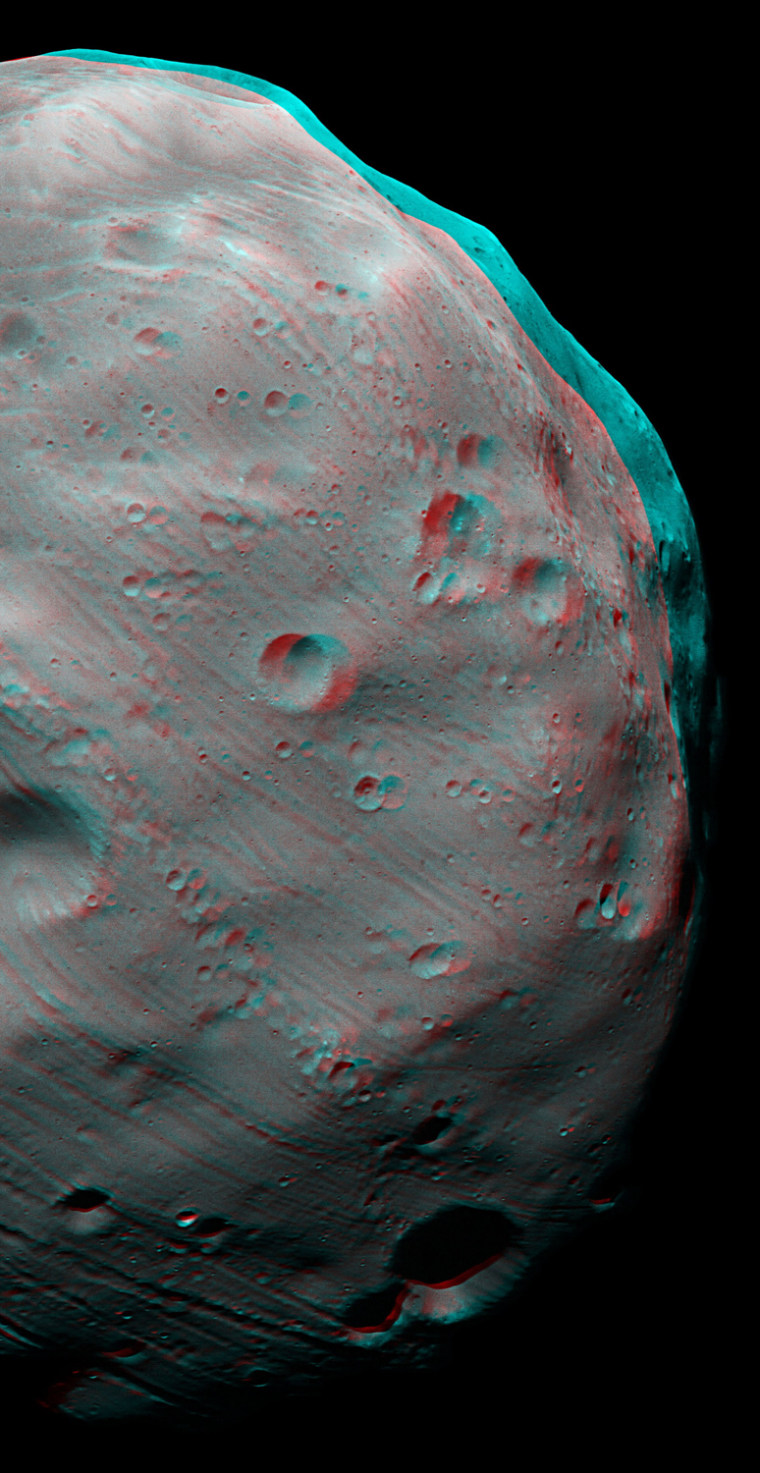
Martian moon in 3-D
Get out your red-blue glasses to see the Martian moon Phobos in sharp, 3-D detail. The picture was taken by the European Space Agency's Mars Express orbiter during a close flyby on March 7.
Read more about flights to Phobos
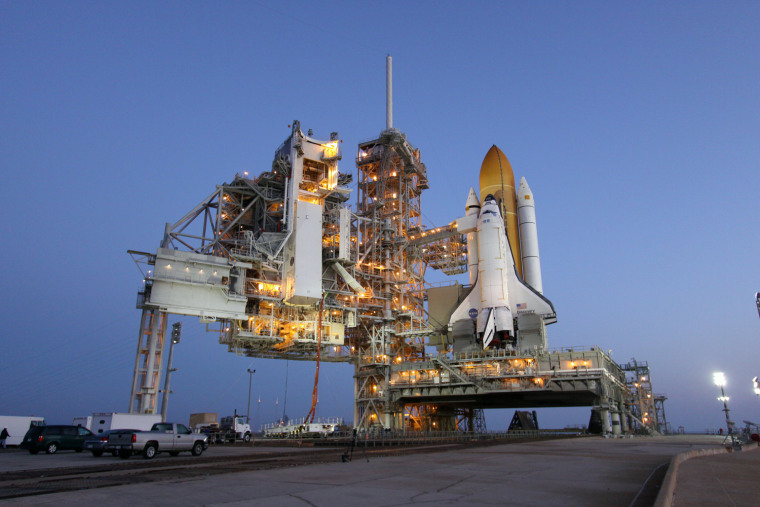
Packing up the shuttle
The payload canister containing the Leonardo cargo module is nestled within Launch Pad 39A's rotating service structure on March 19, in preparation for its transfer to the space shuttle Discovery. The shuttle is being readied at NASA's Kennedy Space Center for its launch to the International Space Station.
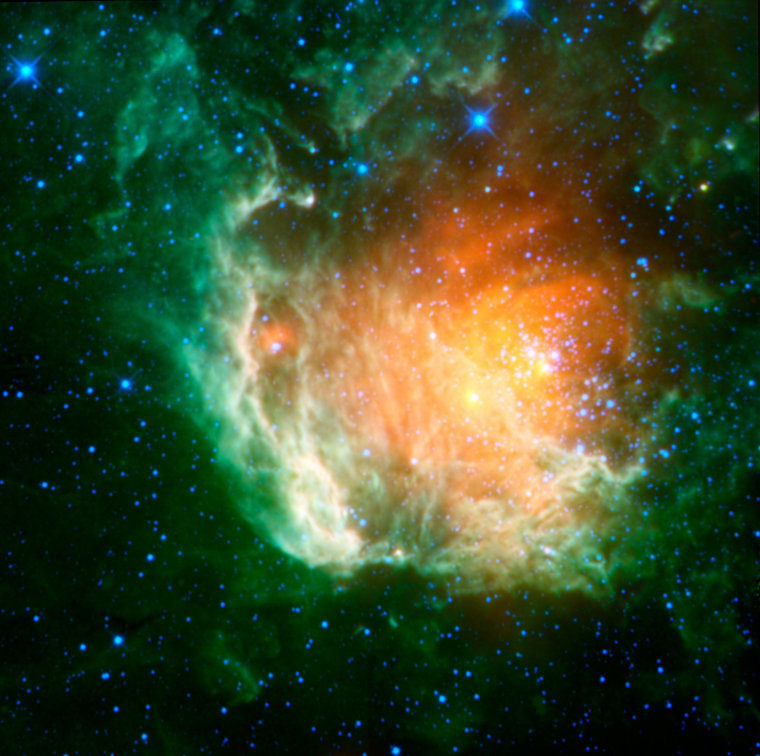
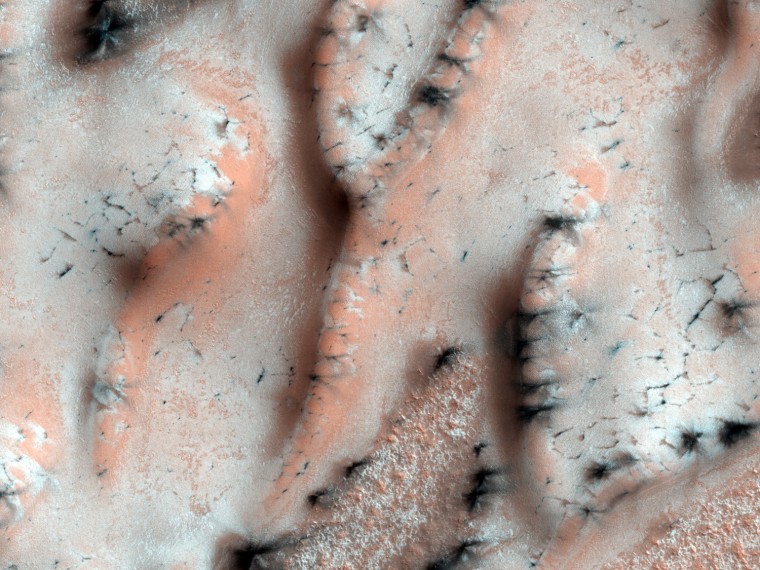
Spring has sprung on Mars
In the Martian winter, a layer of carbon dioxide ice covers the sand dunes of the Red Planet's north polar region. The ice dissipates in the spring, causing a host of uniquely Martian phenomena. This image from NASA's Mars Reconnaissance Orbiter, released March 10, shows how streaks of dark sand have been carried from below the ice layer to form fan-shaped deposits on top of the seasonal ice.
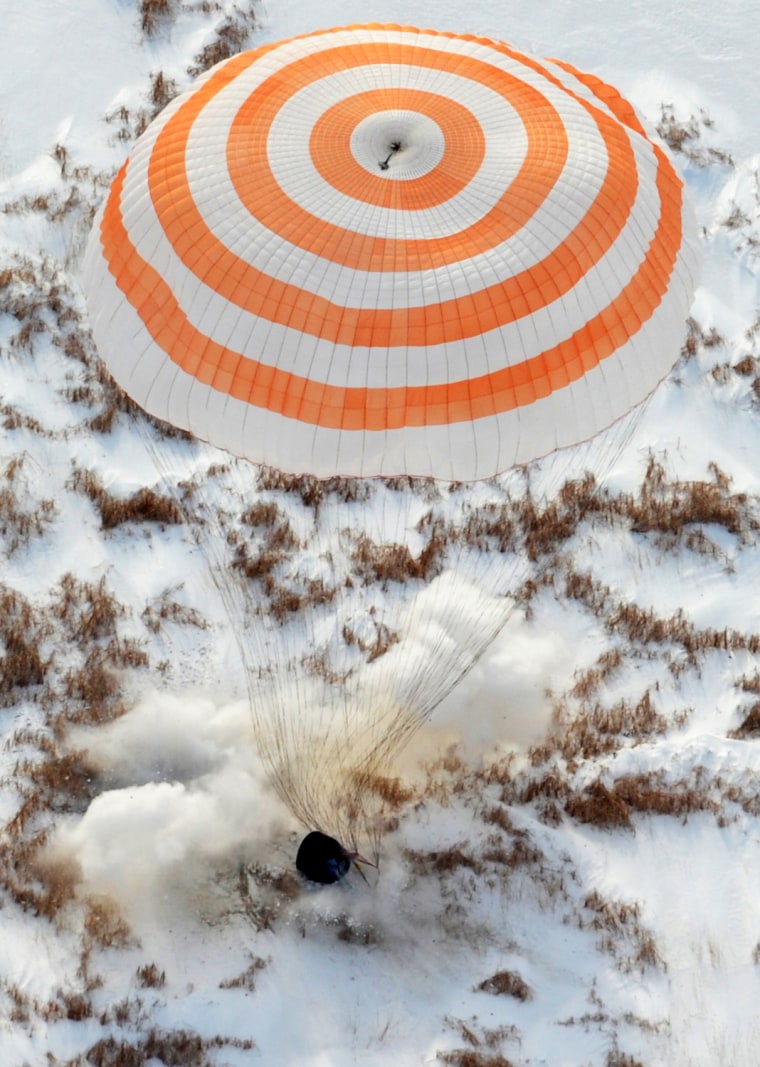
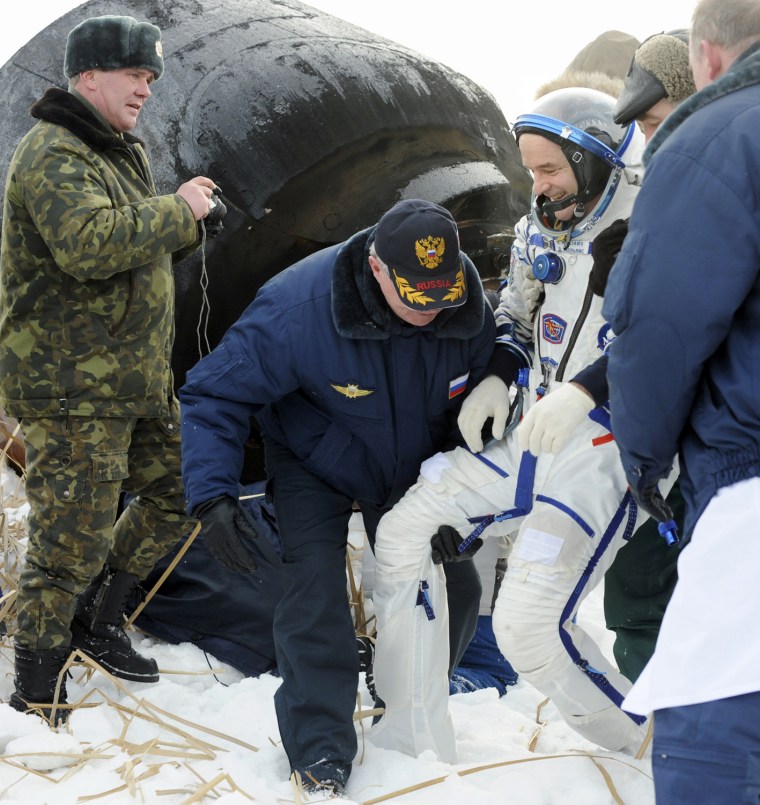
Lending a hand
NASA astronaut Jeff Williams gets an assist from a ground team in Kazakhstan after his return to Earth aboard a Russian Soyuz spacecraft on March 18. Williams spent months in weightlessness aboard the International Space Station, and returning astronauts often need help while they readjust to Earth's gravity.